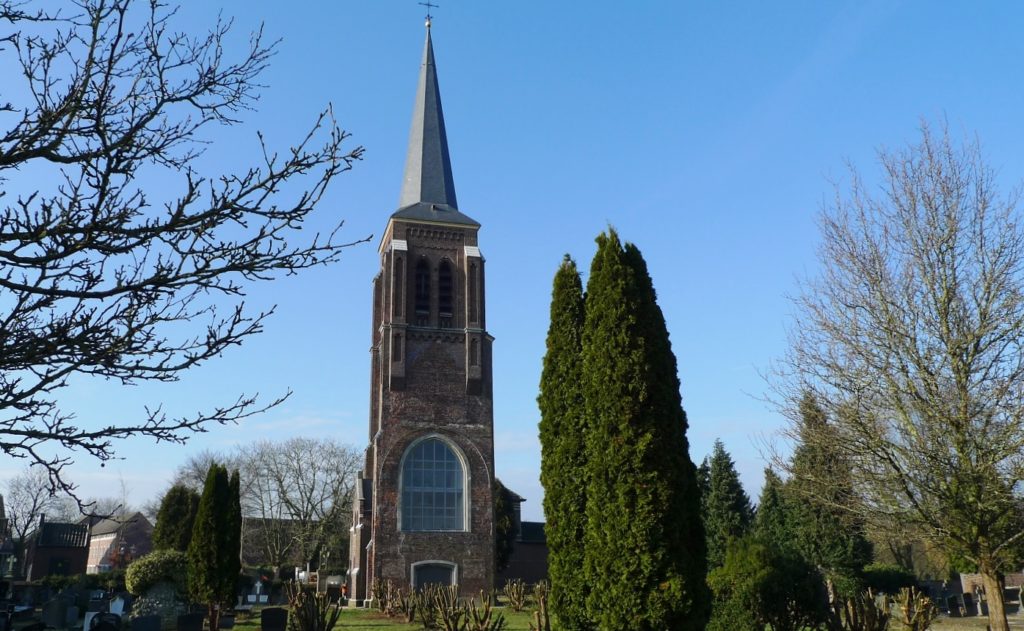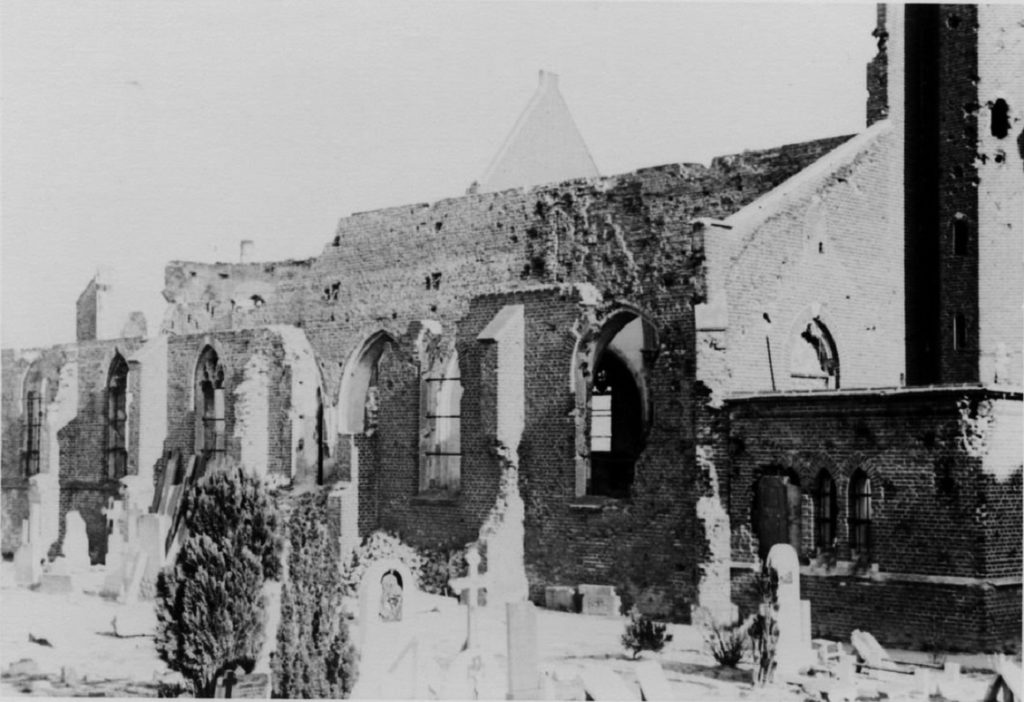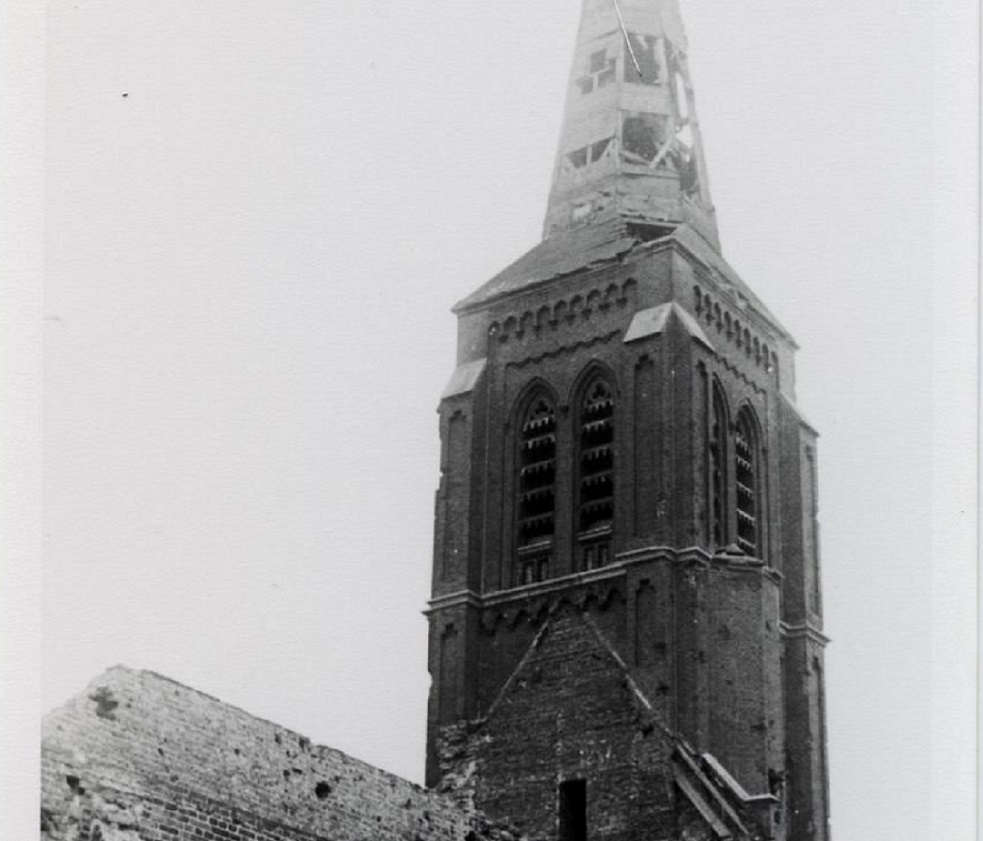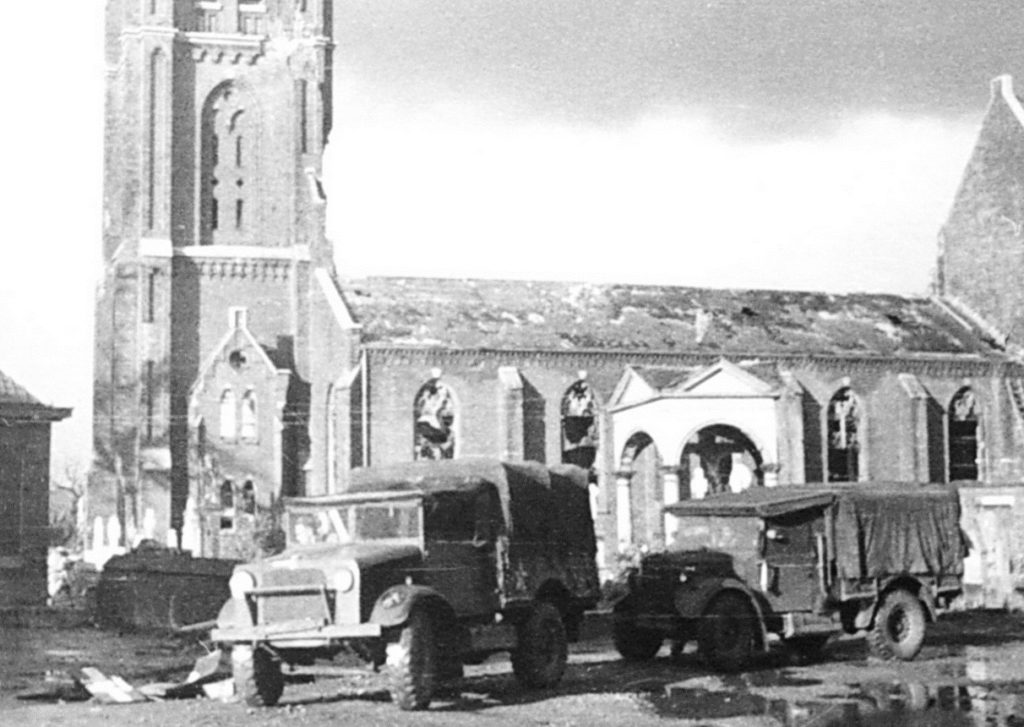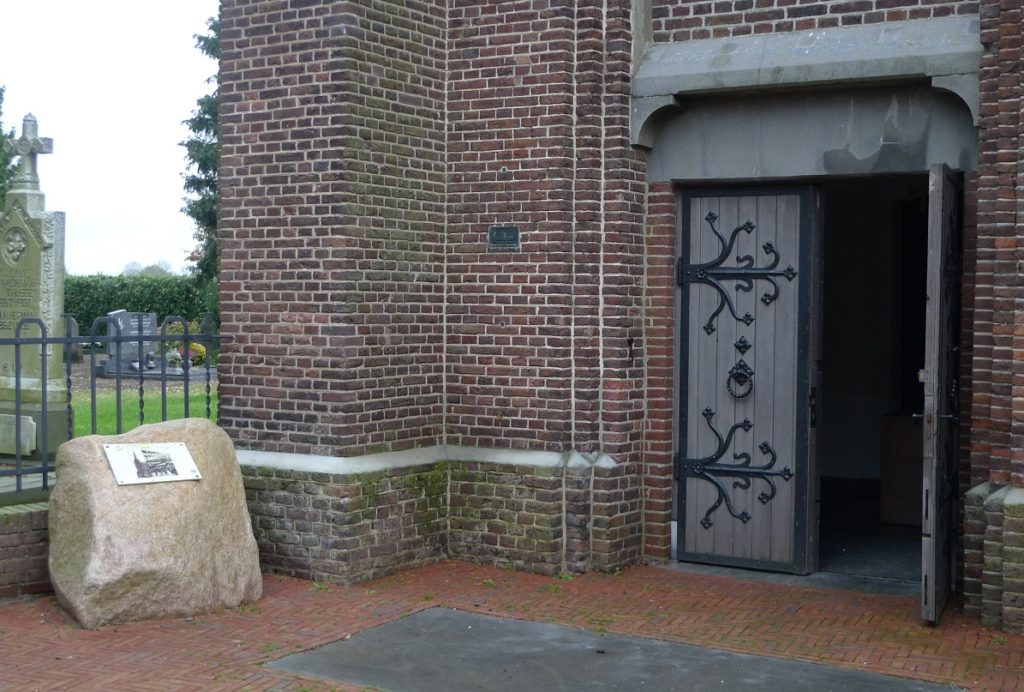- Museum
- Torenstraat 17nabij, 6591 CD Gennep, Pays-Bas
- https://www.martinustoren.nl/en/liberation-route
The St. Martin’s tower is a continuous reminder of the damage and destruction inflicted on North Limburg in the last years of World War II. It overlooked the battlegrounds of Operation Market Garden and Operation Veritable, as well as the Reichswald (Imperial Forest) in Germany. The Imperial Forest formed the most northern- part of the Siegfried line. When on the top of the tower, you can also see where the longest Bailey bridge of World War II was built, as well as the bridge over the Maas River. Both were built by the British Royal Engineers at break-neck speed to enable the supply of weapons, munitions, troops and all other necessities to support the forces stationed in the Lower Rhine area. Even Churchill and Montgomery came to see the bridges for themselves.
At the visitor’s centre, that anyone can visit free of charge, you can find eight short informative videos regarding the end of World War II. The visitor’s centre also is the start and the finish of seven walking and biking routes. Together these routes form a network of walking and biking paths that take you through the region. The St. Martin’s tower is at the centre of the networks. Monuments, listening points, war cemeteries and museums let you experience what it was like in the area during the end of World War II while you follow the ‘St. Martin’s tower Liberation Routes’.
Tourist Information:
Near the St. Martin’s tower, you can visit the permanent exposition Kenniskeuken WO2, free of charge.
Within walking distance of the St. Martin’s Tower, you will also find two listening points.
Listening point 37: Sinterklaas at MariaOord
Oude Martinus church tower, Torenstraat in Gennep, near no. 17.
Listening point 7: The Capture of Gennep
Nijmeegseweg, Gennep. On the Niers Bridge on the Gennep side.

